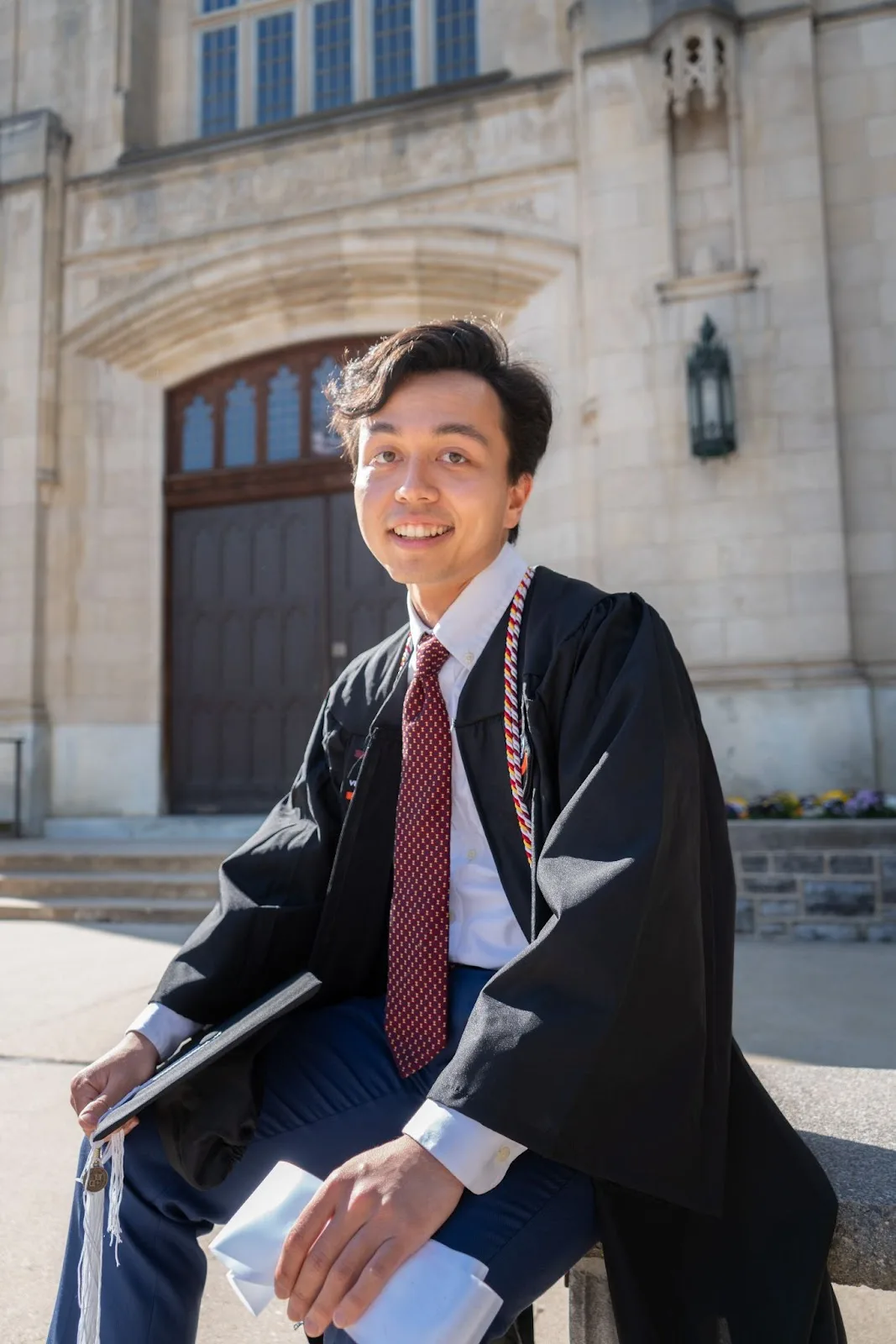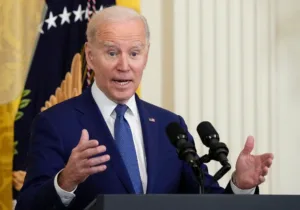Tursunay Ziyawudun remembers being brutally sterilized and witnessing internment guards forcing abortions on women whose pregnancies they discovered. Like Tursunay, other women report guards forcing them to take long-lasting contraceptives that induced severe sickness and debilitation. Women are the means by which the CCP carries out its genocide against Uyghur Muslims in Xinjiang. But so far advocates and policymakers have yet to fully address the double persecution of women – for their sex and their faith – a gruesome persecution playing out around the world. To fully grasp what is happening in Xinjiang and elsewhere, American policymakers must understand what’s happening through the lenses of both religion and gender.
Double Persecution
Women’s double vulnerability is not unique to Uyghurs. In the last decade, tyrants and terrorists have targeted Ezidi women in Iraq and Syria, Catholic sisters in Yemen, and Rohingya women in Myanmar and Bangladesh. Likewise, the attack is “gendered” because women are wives, mothers, and conduits of religion, tradition, and culture. For a regime to destroy the institutions of family and faith, it is not enough to kill women. The gendered nature of their being—and their natural roles in society—must also be destroyed. As atrocities in Central America demonstrated, mass rape is used as a weapon of war because it not only destroys families and communities in the present but also disrupts their formation for generations into the future.
Genocide in Xinjiang Through Double Persecution
The agreed international understanding of “genocide,” found in the 1948 Convention on the Prevention and Punishment of the Crime of Genocide, includes atrocities such as the Nazi death camps and also less overt forces designed to eradicate a particular group. This is the reason British and American officials concluded that CCP actions constitute genocide, including the Trump and Biden administrations and the Uyghur Tribunal, an independent court chaired by British barrister Sir Geoffrey Nice.
The CCP’s war against Uyghur women is conducted through family planning policies that emerged from decades-long population control strategies and a techno-authoritarian approach seeking to eradicate the Uyghur population. While Uyghurs were targeted during the Maoist era’s Anti-Rightist Campaigns, Great Leap Forward, and Cultural Revolution, the Deng era that followed presented a relatively benign period for Uyghurs—ethnic minorities could reap the economic benefits of “reform and opening” and have more children than ethnic Han families. General Secretary Xi Jinping has revived the Maoist attitude towards the Uyghurs with a targeted vengeance. Under Xi Jinping’s direct orders, an estimated 1 million Uyghurs have been detained in at least 380 different internment or “re-education” camps in Xinjiang. In these camps, the Uyghurs not only are subject to constant surveillance and ideological campaigns that aim to erode their identity, but also stringent population control measures directed at women.
In 2014, the CCP declared a “People’s War on Terror” against the Uyghurs and shortly thereafter the party began to correlate population growth with “religious extremism.” This led to noticeable declines in Uyghur population growth within several Uyghur minority counties in 2015, according to a Jamestown Foundation report by Adrian Zenz.
At the same time that it eased its population control policies for China’s Han population, with the latest of policies now allowing these families to have up to three children, the CCP imposed harsher restrictions on Uyghur births. Indeed, leaked documents reveal that Xi Jinping has called for their “root and branch” eradication. Thus, the term “genocide” is applicable because the CCP’s “intent to destroy” the Uyghur population clearly satisfies Article II of the Genocide Convention.
Gender-Based Violence: Sterilizing the Population
The CCP’s tactics attack both men and women, but the truth is found in recognizing women as the key to the genocide. The CCP imposes forced abortions, chemical sterilizations, and the insertion of intrauterine devices (IUDs) to stifle population growth. This according to consistent and constant testimonies of Uyghur women. Indeed, for much of the last century, population policies have targeted women and girls. Adrian Zenz estimates that natural population growth rates fell by 84 percent in the two largest Uyghur prefectures between 2015 and 2018.
Forced Marriages and Family Separations
The CCP also has diluted the Uyghur population by “systematically” implementing a policy to force Uyghur women into unwanted marriages with ethnic Han Chinese men. Under the facade of promoting “ethnic unity” and “social stability,” the party aims to tear apart the fabric of Uyghur society. This includes separating children from their mothers and fathers against their will and inflicting physical and mental harm.
According to a report on the CCP’s forced labor transfer programs, Uyghur children are separated from their parents and placed into “centralized care” facilities. Uyghur children are uprooted from their homes, families, and culture, and placed under the direct watch of the CCP—a form of erasure designed to wipe out linguistic, cultural, and religious ties to Uyghur identity. Separations represent a unique attack on childhood and on motherhood because that unique human relationship can so powerfully preserve the family’s religious identity.
The experience of Uyghurs—especially women—is one of severe and prolonged trauma. From beatings during interrogations with internment camp guards to mass rape campaigns, Uyghur women undergo physical and psychological trauma. The CCP policies that sabotage the unity of Uyghur families cause “intergenerational trauma,” harming this generation and generations to come.
See, Then Condemn, the Double Persecution
American foreign policy has downplayed gender in national security, often due to lack of evidence that it matters, disagreement about the content of policy, and concerns about imposing Western values or engaging in cultural imperialism. The current case shows that such disputes must be reconciled to stem the rise of religious persecution. Ignoring women’s role in security is shortsighted. The CCP, along with its minions and mimics in North Korea and elsewhere, have no such fuzzy headedness about connecting the human terrain to security. The CCP views the methodical reordering of sectors of their population as a strategic security imperative, especially in the far-western region of Xinjiang, which has become especially securitized. Nor should the United States see this as something new. The CCP has used similarly extreme measures to control non-Han populations like Tibetans, including forced sterilizations and IUD insertions. The CCP’s campaign against Uyghur women is having strategic effects. It is projected to increase Han population by up to a third over the next 20 years – a range of 2.6 to 4.5 million fewer births in total in that period. The Australian Strategic Policy Institute found that there was a 48.7% decline in birthrates in ethnic minority areas of Xinjiang between 2017 and 2019. The Institute concluded that the differential could yield an increase in the percentage of the ethnic Han population from its 2020 level of 8.4% to about 25% by 2040.
These facts show that the CCP understands in a way that the West has not yet grasped the importance of women as women across societies—in promoting the mediating institutions of family and religion that cohere culture and protect the individual against a tyrannical state. With such grave facts before them and, knowing that their own nation could suffer the same plight under Beijing’s thumb, America’s security partners are asking: do we want a regime as brutal as China’s setting global norms? In order to affect a coherent and compelling counter-narrative to that of the CCP, Washington must engage these partners with a unified message of human freedom.
A United Effort
One opportunity is the coordinated implementation of US laws on religious freedom and women’s empowerment, particularly the Women Peace and Security (WPS) Act of 2017 and the International Religious Freedom Act (IRFA) of 1998. Such coordination is underway between these acts and other laws, such as the Elie Wiesel Genocide and Atrocities Prevention Act. Implementers of the WPS Act and IRFA can help amplify the voices of Uyghur women survivors, assist them in engaging publics to advocate for their people, and promote their peacebuilding potential. Both the WPS Act and the IRFA have similar aims, recognize the centrality of women and religious organizations for building stable and resilient societies, and both enjoy bipartisan support. Both are international frameworks that engage local partners for local solutions. The UN Security Council has passed ten resolutions on WPS and more than one hundred nations have WPS action plans. Congress can work with the administration to redouble efforts to promote the original purpose of these laws, commission studies and to examine the intersection of gender and religion and find more holistic actionable policy. The Uyghur case provides a perfect storm of oppression based on sex and religion. It also provides an opportunity to join the power of US and international mandates on human freedom. If we see the genocide in Xinjiang as a double persecution, we can see it elsewhere and find new ways to work with allies and partners to avert future atrocities.








 Sponsor a student for Christianity & National Security 2024
Sponsor a student for Christianity & National Security 2024